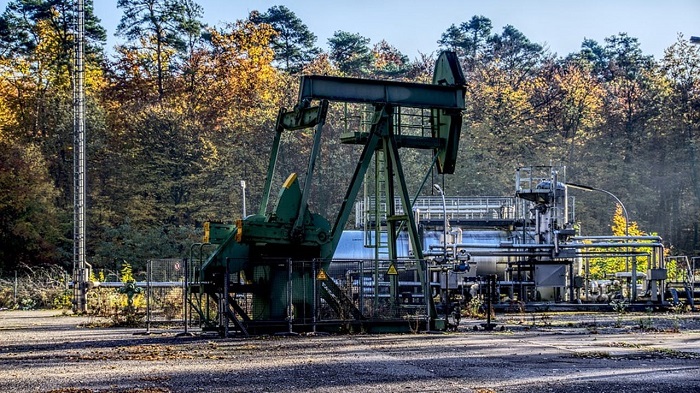
Muscat: In September 2019, the price of crude oil in Oman has been incredibly volatile.
The industry has witnessed tremendous gains, with a price hike of nearly $10 between September 15-17. Omani crude oil was valued at $59.25 at the start of its run, and by the close of play on the 17th, it had risen to $68.44.
The price rise occurred just after a drone strike on the Saudi Arabian oil firm, Saudi Aramco, which temporarily closed their refineries in Abqaiq and Khurais. This caused a decrease in the production of some two billion cubic feet of gas per day, equating to 5.7 million barrels or 50% of the company’s production output.
And that led to the quick price hike - as tends to happen when supply is affected, although an unnamed source told the Times of Oman that this situation would only be prevalent briefly.
"This is going to be a short-term phenomenon. The prices will be restored back to what they were a while ago, and there will be no long-term increase in the oil prices", they said. "There is no need to panic on the impact this will have on fuel prices."
Sure enough, the price of Omani crude oil fell by $4.73 in September as the Saudi Aramco got their operations back up and running.
While oil remains a profitable avenue for the Omani government, they have stressed their desire not to rely on petroleum as a sole source of income for the country.
Instead, diversification plans are already underway to improve the production of a wide range of commodities, including solar energy, while five other pillars of development – tourism, agriculture, mining, manufacturing, and logistics – have also been identified.
While price rises are excellent news for Oman in terms of investment into the country, further price volatility offers exceptional opportunities for a raft of traders who can take advantage of such a situation to 'buy low, sell high', as is the old mantra.
So, how do commodities traders profit from the fluctuating price of crude oil?
As the world’s most widely used source of primary energy, it’s no surprise that traders around the globe focus on crude oil as one of their key assets to buy and sell.
Crude oil can be used in its purest form for energy or can be refined into products such as petrol and diesel for vehicles, lubricants for engineering and a range of petrochemicals. Consequently, demand remains high, and supply has to meet this otherwise the price will rise as a result – a market factor clearly demonstrated by the recent refinery closure in Saudi Arabia.
Like all essential commodities used on a global basis, it is rare for the value of crude oil to drop alarmingly below its normal base price, but spikes occur regularly due to rumors about supply or even as a result of global trade negotiations.
And that gives a certain security to traders, who know that they don’t need to be so overly concerned about setting 'stop losses' and utilizing other tools that protect their investments.
Contrast that to other instruments, such as the value of pound sterling in the wake of the Brexit uncertainty or even something like the cryptocurrency market, where price volatility can see millions wiped off a currency’s value almost in the blink of an eye.
The value of the Saudi Riyal has been extremely volatile in the wake of the Aramco situation, dropping to a rate of just 0.27 Riyal per USD in the immediate aftermath of the plant's closure before rallying when it became clear that the drone strike would cause temporary disruption rather than anything more troubling.
These complex situations are often closely watched by Forex traders, who recognize the potential of 'buying low, selling high' when a currency plummets as the Riyal did recently. When the value strengthens, these so-called swing traders then sell their asset for another currency, and the process continues.
Once the hype and fear surrounding the Aramco refinery had dissipated, the value of Omani oil returned to the kind of rate most would expect.
Those incredible highs in the wake of the drone attack soon gave way to an almost immediately fall, with $4 wiped off the value of a barrel as soon as the Saudi operation was back up and running.
And so now the value is undergoing a period of consolidation, and for many, oil is still considered a highly sought-after asset that tends to hold its value almost without exception.
And there has been a happy knock-on effect to Oman-based suppliers in the wake of the Aramco attack. Said firm is now buying in oil supplies from neighbouring countries in order to meet their demand, and Omani firms have benefitted alongside the likes of Kuwait and the UAE.
So, the future looks good for Omani oil, and suppliers and traders alike can look forward to a more settled pricing pattern for the months and years ahead.